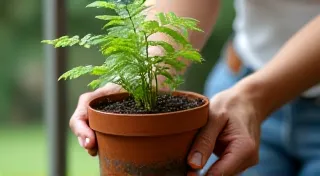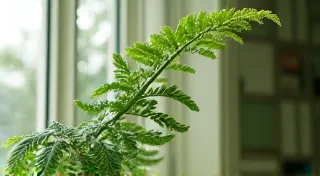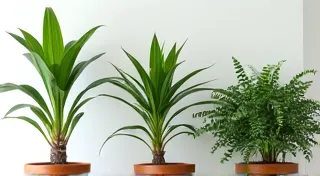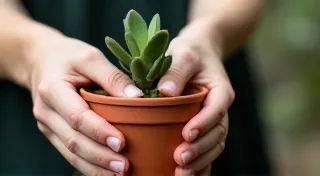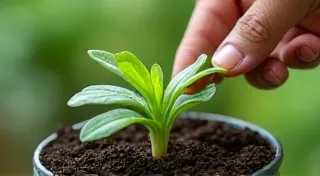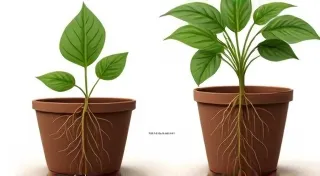Understanding Plant Labels: Deciphering What They Mean
So, you're venturing into the wonderful world of houseplants! That's fantastic! But standing in a nursery or garden center, staring at rows of plants, can be overwhelming. One of the first steps to becoming a successful plant parent is learning to read and understand those little plant labels. They’re packed with vital information that can significantly impact your plant’s health and your gardening success.
Why Plant Labels Matter
Plant labels aren't just decorative stickers. They are a wealth of knowledge provided by growers and nurseries, designed to help you choose the right plant for your environment and care for it properly. Ignoring them can lead to disappointment – a plant struggling to thrive, or worse, dying prematurely. Understanding what those symbols and phrases mean empowers you to make informed decisions and provide the best possible care. The care instructions can sometimes seem cryptic, and often involve things like understanding the correct type of soil basics, which can be the difference between a thriving plant and a struggling one. Choosing the right soil is often the foundation of success, and proper potting mix can really make a difference, so it's worth investing time to understand it.

Common Elements Found on Plant Labels
Let's break down the most common information you’re likely to find. Keep in mind that label designs can vary, but the core information usually remains consistent.
1. Botanical Name (Scientific Name)
You're likely to see a long, Latin-sounding name like *Monstera deliciosa* or *Sansevieria trifasciata*. This is the plant's botanical name. While the common name (like Swiss Cheese Plant or Snake Plant) can vary by region, the botanical name is universal and tells you exactly what species you’re dealing with. This is helpful for accurate research and troubleshooting any problems. Finding the botanical name is especially useful when researching specific care requirements or trying to find more detailed information online. Knowing the exact species is the first step in understanding a plant’s specific needs, allowing for targeted research.
2. Common Name
This is the everyday name for the plant. It’s usually easier to remember than the botanical name, but less precise. For example, a *Philodendron* might be commonly called a Heartleaf Philodendron. Sometimes the common name can be misleading, highlighting the importance of confirming the botanical name for accurate information.
3. Light Requirements
This is arguably one of the most crucial pieces of information. Labels typically use terms like:
- Full Sun: Requires 6+ hours of direct sunlight daily.
- Partial Sun/Partial Shade: Needs 4-6 hours of direct sunlight, or bright indirect light.
- Bright Indirect Light: Needs plenty of light but shouldn't be in direct sunlight (usually near an east-facing window).
- Low Light: Can tolerate lower light conditions (often found further from windows).
Be realistic about the light available in your home. Don’t buy a “full sun” plant if you only have a dimly lit corner! Consider the placement carefully, and how you might need to supplement with grow lights if your natural light is insufficient. Remember, consistent light is as important as the *type* of light. Plants are like people, and even the most robust plants can decline if they aren't receiving the right light for their individual needs.
4. Watering Needs
Labels often indicate general watering preferences. You might see:
- Keep Soil Moist: Water frequently to keep the soil consistently damp.
- Allow Soil to Dry: Let the top inch or two of soil dry out completely between waterings.
- Water When Dry: Water only when the soil is completely dry.
Remember, these are guidelines. Actual watering frequency will depend on factors like humidity, temperature, and pot size. Overwatering is a common culprit in plant demise, often leading to root rot. Understanding the basics of DIY plant food can help ensure your plant is healthy enough to handle different watering schedules, as strong plants are naturally more resilient. A healthy root system is the key to efficient water absorption and overall plant health.
5. Size and Growth Habit
This gives you an idea of how big the plant will get and its general shape. Look for information like "Mature Height: 2-3 feet" or "Trailing Habit." This helps you plan placement and consider if the plant will eventually outgrow its location. Thinking ahead to the plant’s mature size and habit helps you avoid the stress of having to drastically repot or even prune your plant later on. It's far easier to choose a location from the start that will accommodate the plant’s eventual size. When considering size, also think about the container itself – will you need to upgrade, and when?

6. Other Important Symbols & Phrases
- Drought Tolerant: Can withstand periods of dryness.
- Pet Friendly/Toxic: A crucial detail if you have pets or small children. Researching toxicity is absolutely essential for pet owners. The safety of your furry friends is paramount, and a quick check on a plant label can prevent a potentially dangerous situation.
- Air Purifying: Indicates the plant helps improve indoor air quality (though the impact is often debated). While the scientific evidence can be debated, having plants in your home is always a mood booster!
- Frost Tolerant: Can survive freezing temperatures (important for outdoor plants).
Beyond the Label: Further Research & Troubleshooting
Plant labels are a great starting point, but they are often brief and may not cover everything you need to know. Once you’re home with your new plant, it’s essential to delve deeper. Searching the botanical name online will unlock a wealth of information, including specific care instructions tailored to your plant's unique needs. Don’t be afraid to join online plant communities – these are fantastic resources for advice, shared experiences, and troubleshooting common problems. For many, the journey of plant parenthood involves learning when and how to best prepare to repot house plants. It's a crucial skill for ensuring your plants continue to thrive. Online communities are a great way to find out about potential pests or diseases specific to your region and to learn how to prevent them. Remember that many plant problems can be prevented by providing the right conditions from the start; this might even mean learning how to assess the soil for the best results.
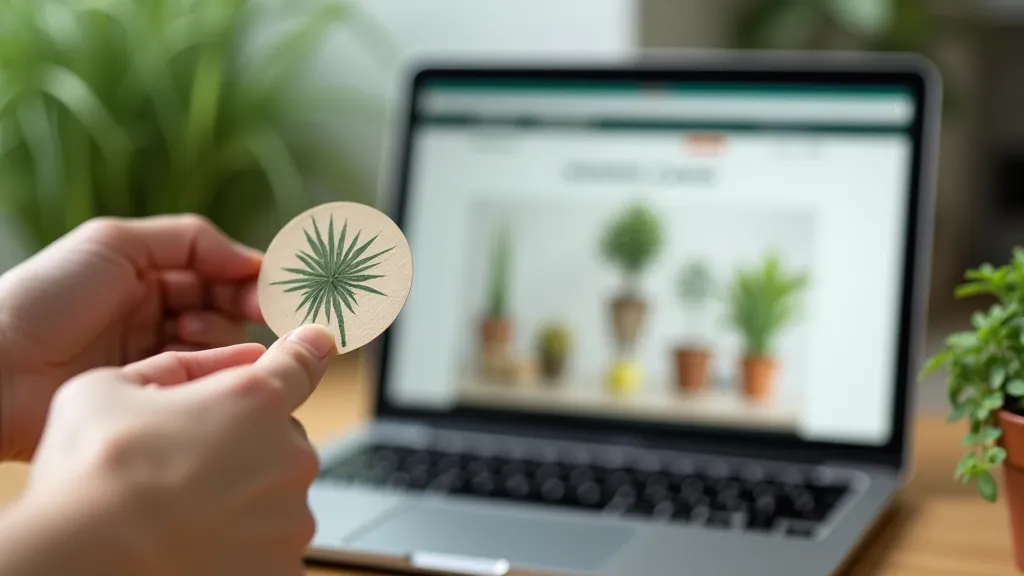
Understanding Potential Problems
Even with the best intentions and diligent care, problems can arise. Some plants are prone to specific issues, like spider mites or mealybugs. Knowing what to look for and how to treat these infestations early can save your plant’s life. Regularly inspecting your plants for signs of pests or diseases is a good habit to develop. Sometimes, even seemingly healthy plants can benefit from a boost of nutrients, which is where understanding DIY plant food and fertilization schedules becomes valuable. Knowing how to build a proper nutrient schedule can make a significant difference in your plant’s health and vigor.
Advanced Care Considerations
As you become more experienced, you might want to explore more advanced care techniques, such as propagating new plants from cuttings or understanding the intricacies of humidity control. These techniques can help you expand your plant collection and create a thriving indoor jungle. Maintaining the proper level of humidity can sometimes be a challenge, especially in drier climates. One often overlooked aspect of plant care is the environment they're kept in; mimicking their natural habitats can often lead to thriving plants. Always remember to start with the basics – proper lighting, watering, and soil – before venturing into more complex care routines.
The Joy of Plant Parenthood
Ultimately, understanding plant labels and providing proper care is an investment in your own well-being and the health of your plants. The joy of watching a plant thrive under your care is immensely rewarding. So, take the time to learn, experiment, and connect with the natural world – you’ll be amazed at what you can achieve!
Conclusion
Taking the time to understand plant labels is a small investment that can pay off with healthier, happier plants and a more rewarding gardening experience. So, take a moment to truly read those labels – they hold a wealth of knowledge just waiting to be unlocked. And don't be afraid to ask questions; the plant community is generally very welcoming and happy to share their expertise.
